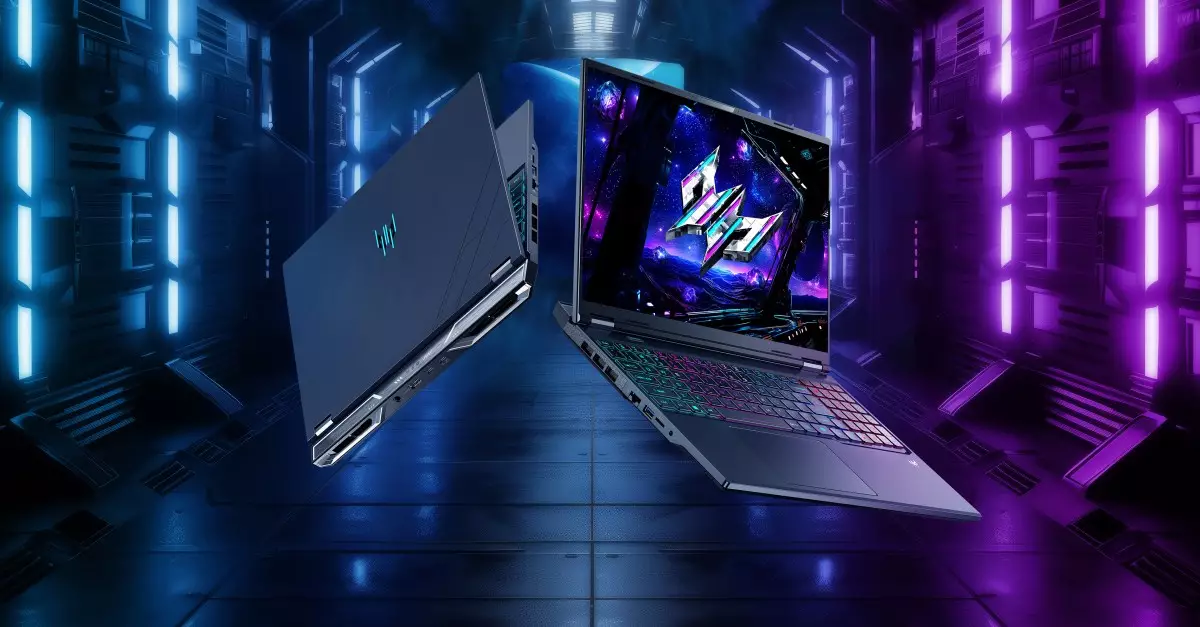Acer has recently unveiled its latest additions to the gaming laptop market— the Predator Helios Neo 16 AI and the Predator Helios Neo 18 AI. With prices starting at $1,899.99 for the 16-inch model and $2,199.99 for the 18-inch variant, these machines promise top-tier performance and innovative features. However, potential buyers should consider the optional components that can significantly enhance the functionality and gaming experience of these laptops.
Both laptop models are engineered for high performance, featuring configurations that can reach up to Intel’s Core Ultra 9 275HX CPU and RTX 5070 Ti GPUs. Such specifications suggest that these laptops are more than mere upgrades from their predecessors; they are designed to handle the rigors of modern gaming and demanding workloads with ease. Acer has also included a plethora of connectivity options, ensuring users have ample ports at their disposal. The inclusion of Thunderbolt 4, HDMI 2.1, and multiple USB ports highlights the brand’s understanding of user needs in multi-device environments.
However, one glaring oversight is the decision to incorporate microSD card slots instead of full-sized slots. This design choice seems counterintuitive, given the laptops’ substantial size and weight— each weighing approximately 7.28 pounds. While mobility might be a selling point, the lack of full-sized card readers could hinder some creative professionals who rely on larger cards for photography and videography.
Display quality is crucial for both gaming and professional use, and Acer offers impressive optional displays. The 16-inch model features a 240Hz OLED screen, while the 18-inch boasts a 250Hz Mini LED display, both with a resolution of 2560 x 1600. These high-refresh-rate screens are a massive attraction for gamers who demand fluid visuals. Nonetheless, the starting model for both laptops comes with a more basic 1920 x 1200 display, which could disappoint users expecting to experience the full graphical fidelity that can be provided by more advanced options.
The laptops also showcase aesthetic decisions that appeal to gamers with RGB lighting accents and customized keyboard illumination. While these features can enhance the overall gaming experience, the question remains whether they justify the premium pricing or if they detract focus from performance.
Battery life is another critical aspect of portable computing, and both models incorporate a 90Wh battery, coupled with support for Wi-Fi 6E. This means users can expect solid performance both in terms of lifespan on a single charge and connectivity speeds, thus enhancing the overall usability of the laptops. Still, it remains to be seen how effectively these components work together in real-world scenarios, especially under high performance loads.
Acer’s Predator Helios Neo series arrives at a time when the gaming laptop market is intensifying its competition. With cutting-edge specifications and compelling design choices, these laptops are set to attract gamers and professionals alike. However, the additional costs associated with premium configurations may require users to carefully assess their actual needs. Balancing performance with price will ultimately guide potential buyers on their journey to selecting the right machine for their digital endeavors.

